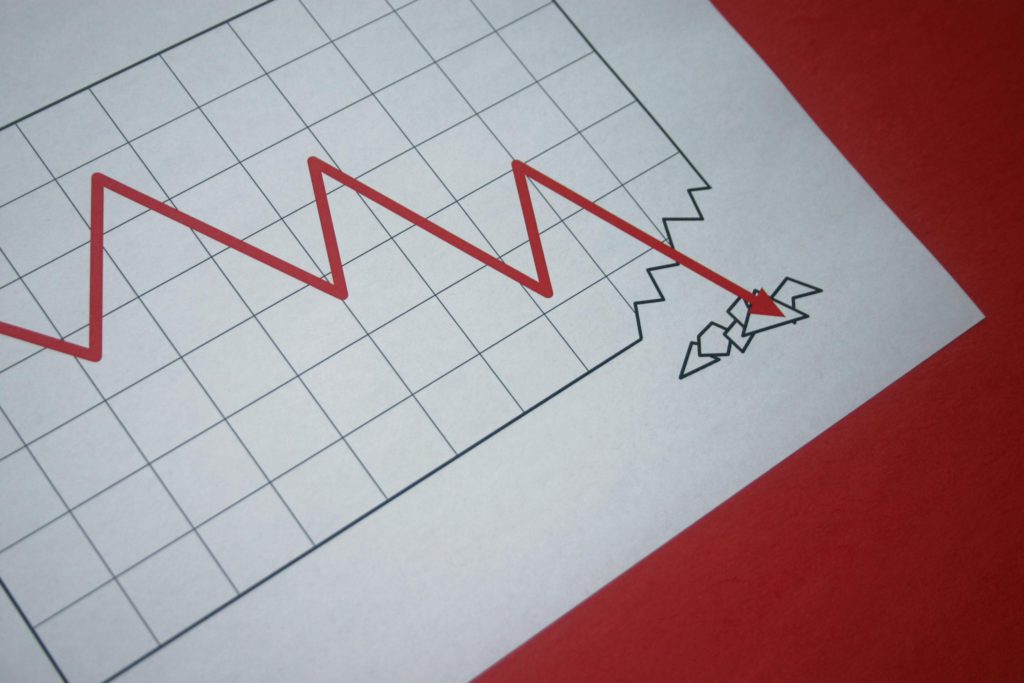Global vehicle market shrinkage greater than in the financial crisis
05 December 2019

5 December 2019
The world’s passenger car market is expected to shrink more this year than during the global financial crisis 10 years ago.
Germany’s automotive industry association, the VDA, expects a global market volume of 80.1 million passenger cars for 2019 as a whole. This decrease of 4.1 million passenger cars (5%) is larger than that recorded during the financial and economic crisis that took place 10 years ago.
It is believed the main cause for this is the Chinese market, which will have a volume of 20.9 million passenger cars, 10% below the 23.3 million passenger cars recorded last year, in 2019.
Yet the authority states there are stimuli for growth in other large markets. In the US, sales are only expected to fall 2%, while Europe remains persistently at the previous year’s value of 15.6 million units in 2019.
The VDA has also put forward its thoughts on the global market in 2020. In China, the downward trend will continue but at a slower rate, down 2% to 20.5 million passenger cars. The US market will reach a volume of 16.5 million light vehicles, down 3%, while the VDA’s forecast for Europe is a reduction of 2% to 15.3 million vehicles, with factors including CO2 regulation casting a shadow.
Therefore, the world market for passenger cars will reach a volume of 78.9 million units in 2020, down 1%, and therefore lie slightly above the level of 2015 (78.2 million passenger cars).
Home first
The picture presented by the passenger-car market in Germany is more favourable than that of the passenger-car market in Europe as a whole. During the entire year 2019, the domestic market will rise by 4% to 3.57 million new passenger-car registrations, the highest level achieved in this decade.
However, the VDA believes that in 2020 volume will be down by 4% to 3.4 million new passenger-car registrations. The forecast is burdened by uncertainties.
Three out of four automobiles produced in Germany are for export, the association notes. This means that the vigorous domestic market cannot compensate for the weakness of the foreign markets. The VDA expects to export 3.5 million passenger cars in 2019, down 12%. Domestic production in 2019, at 4.7 million passenger cars, will be 8% lower than in the year before.
Expansive charging
The VDA believes that to take advantage of manufacturer developments in electric-vehicle technology, more needs to be done with the country’s charging network.
′A rapid expansion of the charging infrastructure must take place parallel to the model offensive,’ said outgoing VDA president Bernhard Mattes. ′The good 20,000 public charging points available today are not sufficient. What we need by 2020 are one million public charging points plus 100,000 high-speed charging points and several million private charging points.
′We are also keeping an eye on other technological options such as hydrogen and e-fuels. These options are needed if we want to achieve climate neutrality by the year 2050.’
Mattes also aired his thoughts on the European CO2 emissions standards: ′The objective formulated by the EU of minus 37.5% for passenger cars by 2030 is the strictest in the world. Enormous demands are being placed on companies in this area, too. We would have wished for other targets, targets that would have been more compatible with the national economies. However, we are no longer looking back but coming to terms with these requirements.’